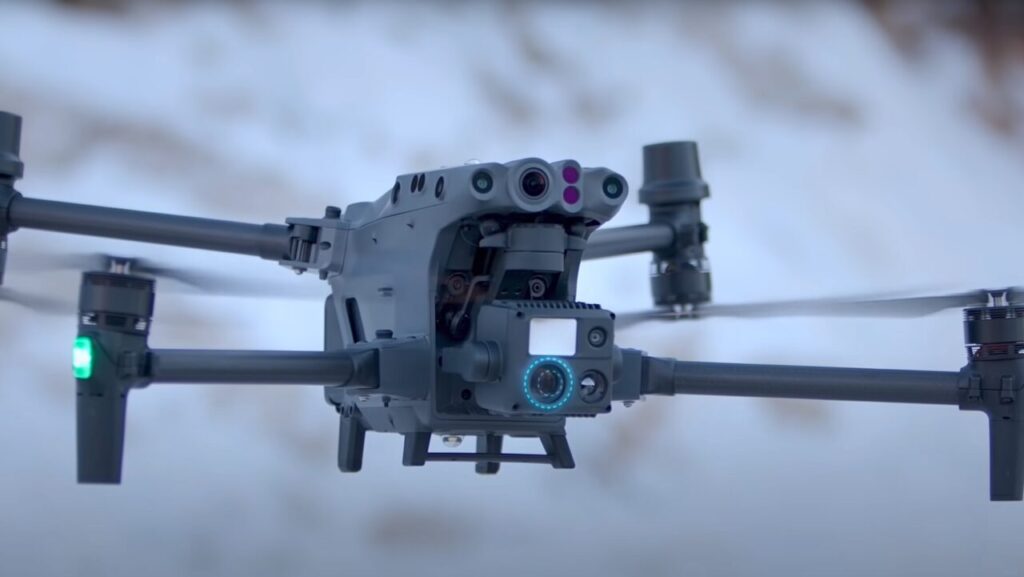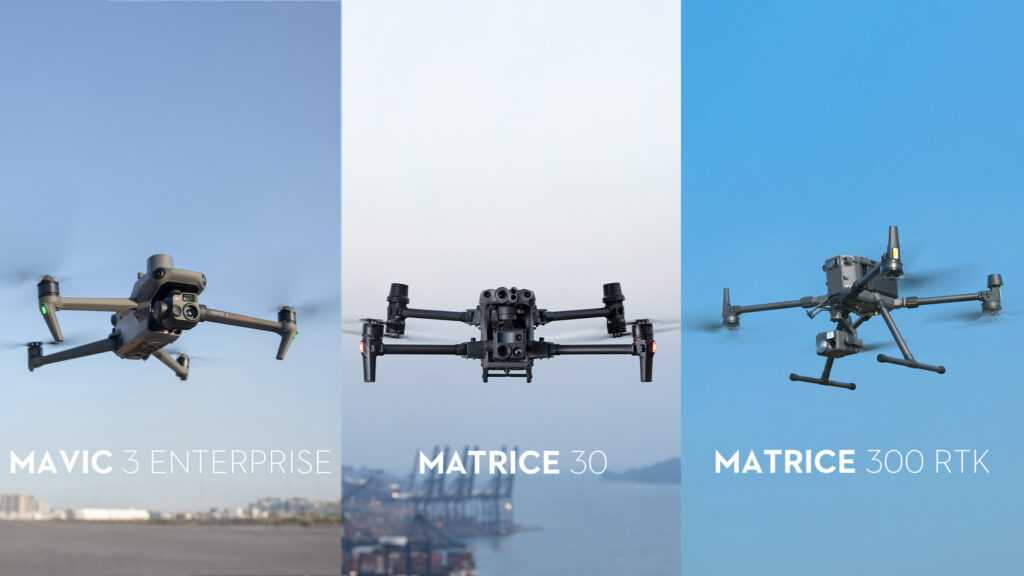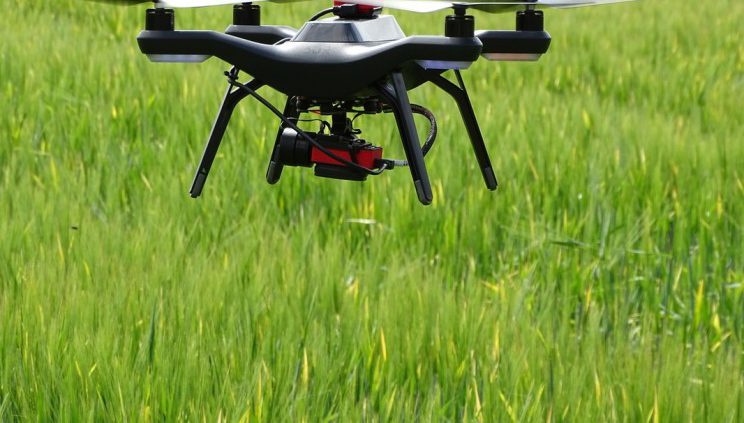Introduction
Industrial drones have emerged as a game-change, revolutionizing various sectors by offering unparalleled efficiency and productivity. These unmanned aerial vehicles (UAVs) equipped with advanced technologies are transforming industries, allowing businesses to streamline operations, improve safety, and optimize resource utilization. In this article, we explore how industrial drones are enhancing across different sectors and revolutionizing traditional practices.
What are Industrial Drones?
An industrial drone, often known as a UAV, is an aerial vehicle that can deploy specialised payloads in industrial applications. UAVs are often used in the energy sector, mapping and surveying, defence, security, and law enforcement. Industrial UAVs are often built to a higher standard than commercial drones, with improved range and flight times, advanced avionics systems and controls, and the ability to deploy a wide range of payloads such as specialist sensors, imaging equipment, and bespoke payloads for research and surveying applications.
Sensors or payloads relevant to the mission are installed on industrial UAVs. This specialty equipment has a wide range of specifications and applications, making it a viable alternative to manual inspection services in a variety of industries. Industrial UAVs provide a safe, efficient, and precise means to collect data on a variety of tasks.
10 Industrial Applications
Industrial Inspections
Industrial drones have significantly simplified and expedited the inspection processes in sectors such as oil and gas, construction, and infrastructure. Equipped with high-resolution cameras and sensors, drones can quickly and safely survey large areas, providing real-time data on infrastructure integrity, potential faults, and maintenance requirements. This proactive approach to inspections help minimize downtime, reduce costs, and enhance safety by eliminating the need for manual inspections in hazardous environments.
Precision Agriculture
The agricultural industry has embraced the use of industrial drones to optimize crop management and yield. Drones equipped with specialized sensors can collect data on soil composition, plant health, and moisture levels, allowing famers to make data-driven decisions regarding irrigation, fertilization, and pest control. By identifying specific areas that require attention, farmers can apply resources precisely where needed, minimizing waste and maximizing productivity.
Logistics and Warehousing
Industrial drones are revolutionizing the logistics and warehousing sectors by automating inventory management and streamlining supply chain operations. Drones equipped with barcode scanners and RFID readers can efficiently scan and track inventory, reducing human error and enabling real-time inventory visibility. They can also assist in warehouse optimization by autonomously moving goods, thus improving operational efficiency and reducing manual labor requirements.
Infrastructure Maintenance
The maintenance of large-scale infrastructure, such as bridges, power lines, and pipelines, can be time-consuming and costly. Industrial drones equipped with thermal imaging cameras and LiDAR sensors enable efficient and accurate inspections, identifying potential issues such as leaks, cracks, or structural damage. By conducting aerial inspections, drones can cover large areas quickly, detect problems early on, and help prevent catastrophic failures.
Filmmaking and Photography
Industrial drones have transformed the world of filmmaking and photography by providing breathtaking aerial perspectives. With high-quality cameras and stabilizing technologies, drones offer filmmakers and photographers unique angles and shots that were previously only possible with expensive helicopter rentals. This has opened up new creative possibilities and elevated the visual storytelling experience in industries such as film production, real estate and event coverage.
Environmental Monitoring

Industrial drones are playing a crucial role in environmental monitoring and conservation efforts. With their ability to cover large areas and access remote locations, drones equipped with specialized sensors can collect data on air quality, water quality, wildlife habitats, and vegetation health. This data enables researchers and environmentalists to make informed decisions, identify potential threats, and implement effective conservation strategies.
Search and Rescue
In emergency situations, industrial drones are proving to be invaluable tools for search and rescue operations. Equipped with thermal imaging cameras and GPS technology, drones can quickly scan vast areas, locate missing persons and survivors, and provide real-time information to rescue teams. By minimizing search time and improving situational awareness, drones are helping save lives in critical situations.
Mining and Construction
Industrial drones are transforming the mining and construction industries by opsonizing site surveys, monitoring progress, and improving safety. Drones equipped with 3D mapping and modeling capabilities can accurately survey mining sites or construction projects, creating detailed digital representations. This data aids in effective planning, resource allocation, and detecting potential hazards, leading to improved project management and cost savings.
Energy Infrastructure Inspection
The inspection and maintenance of energy infrastructure, such as wind turbines and solar panels, can be challenging and time-consuming. Industrial drones equipped with high-resolution cameras and sensors can efficiently inspect these structures, identifying faults, damage, or malfunctions. By conducting aerial inspections, drones reduce the need for manual inspections, minimize downtime, and improve the overall efficiency of energy production systems.
Disaster Management
During natural disasters, industrial drones play a crucial role in assessing damage, providing situational awareness, and aiding in disaster response efforts. Drones equipped with cameras and sensors can quickly capture aerial footage, helping emergency response team assess the extent of the damage and plan rescue and recovery operations accordingly. Drones also assist in mapping disaster-affected areas, identifying areas at high risk, and supporting relief operations.
Conclusion
Industrial drones continue to revolutionize various sectors by enhancing efficiency, safety, and productivity. Their versatility, agility, and data collection capabilities make them valuable assets in industries ranging from infrastructure and agriculture to environmental conservation and disaster management. As technology advances and regulations evolve, the impact of industrial drones will only grow, reshaping traditional practices and unlocking new possibilities for industries worldwide.




